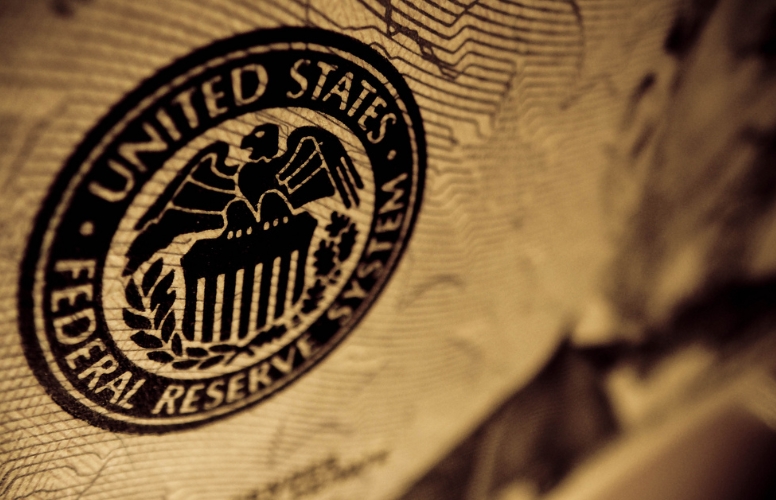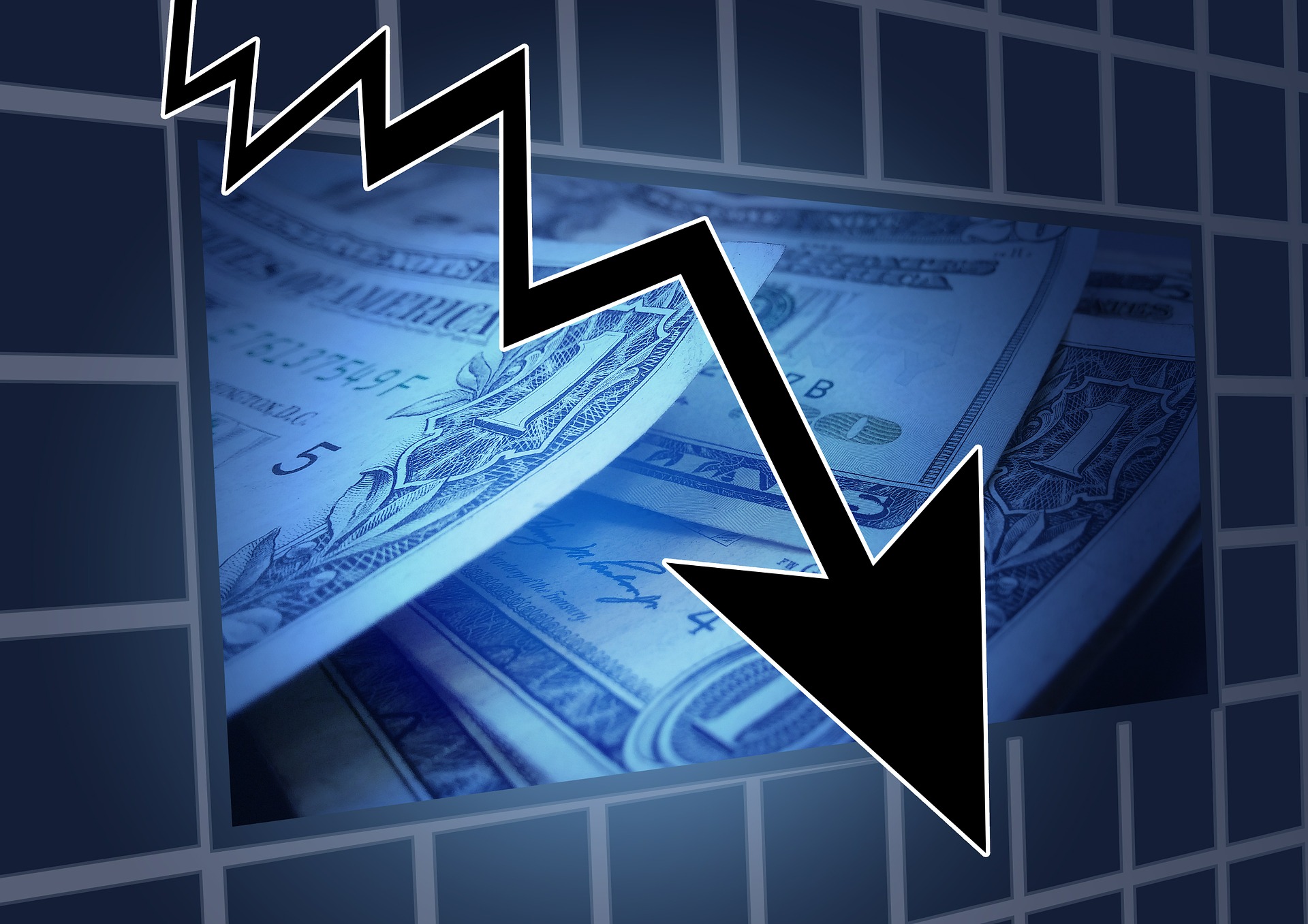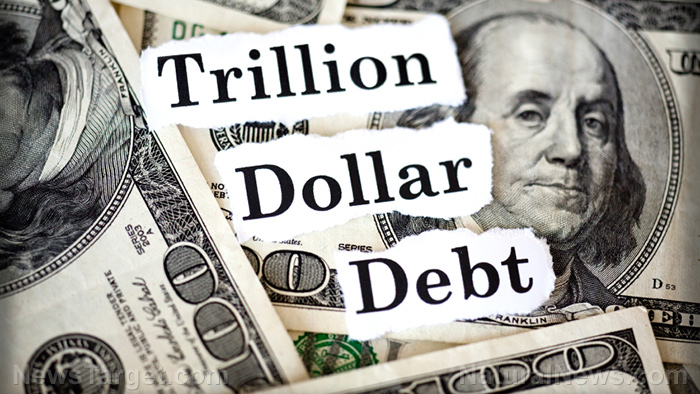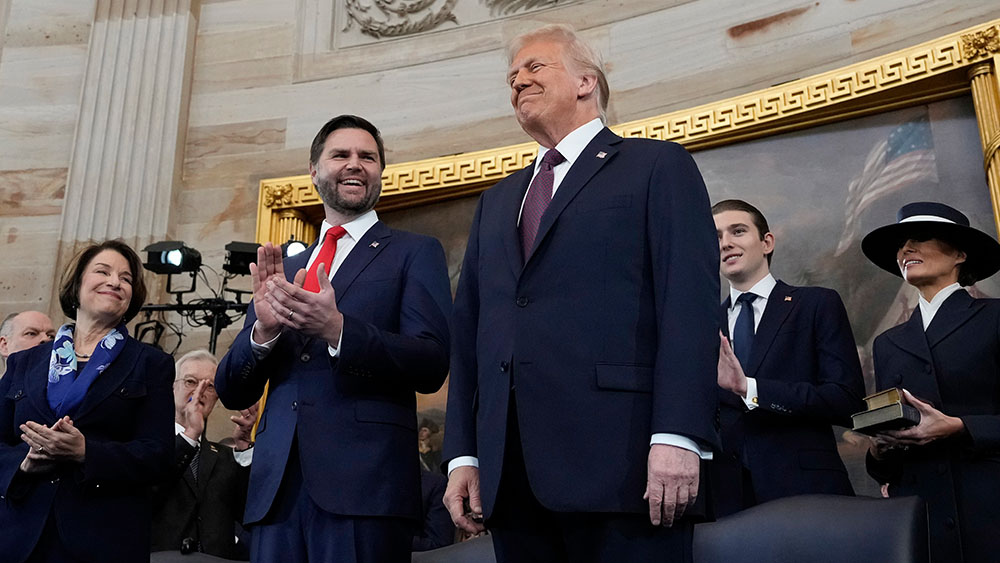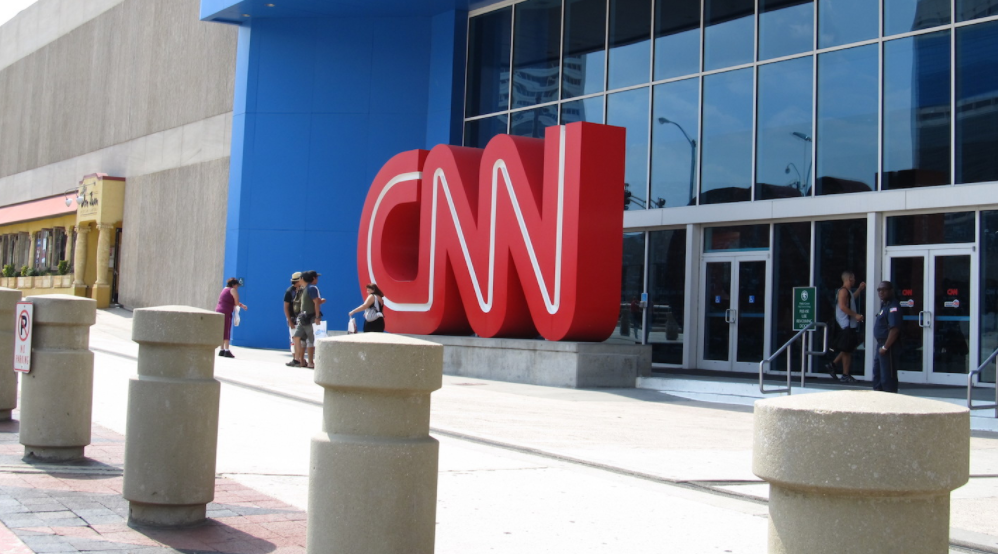History’s worst money printing and hyperinflation crisis happened in HUNGARY
01/21/2025 / By Arsenio Toledo
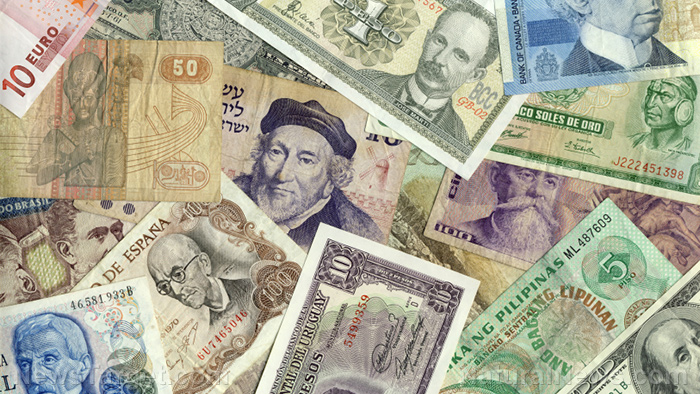
- Hungary experienced the worst hyperinflation in history post-WWII, with prices doubling every 15 hours and monthly inflation reaching 41.9 quadrillion percent.
- The crisis stemmed from WWII devastation, unpaid Nazi war contributions and massive Soviet reparations, forcing Hungary to print money excessively.
- The Hungarian pengo became worthless, with absurd denominations like the 100 million billion pengo note being printed and citizens resorting to bartering for survival.
- In August 1946, Hungary introduced the forint, pegged to gold reserves, stabilizing the economy but leaving the pengo with 26 zeros of lost value.
- The crisis serves as a cautionary tale about the fragility of monetary systems, war-induced economic collapse and the human cost of hyperinflation.
The worst hyperinflation crisis in recorded history occurred in Hungary after the Second World War, when prices doubled every 15 hours and monthly inflation reached an incomprehensible record-high of 41.9 quadrillion percent.
The Hungarian pengo, once a stable currency, became so worthless that citizens resorted to bartering and discarding banknotes in the streets.
The roots of Hungary’s hyperinflation trace back to World War II, which left the country in ruins. Budapest, the capital, saw 80 percent of its infrastructure destroyed, while 40 percent of Hungary’s wealth evaporated.
The nation had heavily invested in supporting the Nazi German war effort, but Berlin never compensated Hungary for its contributions. After the war, Hungary was forced to pay massive reparations to the Soviet Union, accounting for 25 to 50 percent of its national budget.
Hungarian government resorted to money printing in a failed bid to stabilize the economy
War reparations, combined with the destruction of its industrial base, left the government with no choice but to print more money to meet its obligations. (Related: Globalism, central bank money printing are the real root causes behind inflation and shortages.)
By 1946, the pengo was in freefall. The government introduced increasingly absurd denominations, including the “millpengo” (one million pengo) and the “billpengo” (one trillion pengo).
At its peak, the highest denomination was a 100 million billion pengo note, introduced on July 11, 1946. Yet even this was rendered obsolete within weeks.
By June 1946, a kilogram of bread cost 5.85 billion pengo, and citizens carried sacks of money for basic purchases.
“People started throwing out their paper money since it was useless,” one account noted. Urban residents, hit hardest by the crisis, bartered goods like radios for food in rural areas.
The Hungarian central bank had warned against excessive money printing, but the Allied Control Commission, dominated by the Soviet Union, ignored these pleas. Some economists, like Bomberger and Makinen, later argued that the hyperinflation was politically motivated and was aimed at dismantling Hungary’s middle class.
By July 1946, the situation had spiraled out of control, with prices doubling every 15 hours and the pengo losing 26 zeros of its value annually.
In August 1946, Hungary introduced the forint, pegging it to gold reserves and world currencies. One forint was equivalent to 400 octillion pengo, a staggering figure that underscored the pengo’s complete collapse.
The new currency brought immediate stability, but the transition was chaotic. Many pengo notes were discarded, and today, surviving high-denomination bills are highly sought after by collectors, with a 100 million billion pengo note worth nearly 1,300 euros ($1,340), at a minimum.
The forint has endured as Hungary’s currency, surviving economic shifts and discussions of its replacement during the country’s accession negotiations to the European Union. Its introduction marked the end of one of history’s most extreme economic crises, a cautionary tale of how war, debt and political interference can devastate a nation’s economy.
Hungary’s 1946 hyperinflation remains a stark reminder of the fragility of monetary systems and the human cost of economic collapse. As the world grapples with inflationary pressures today, the lessons of Hungary’s past resonate with renewed urgency.
Watch this video of Tucker Carlson warning about how hyperinflation and reckless monetary policy in the United States could soon devastate the world’s economy.
This video is from the News and Current Events channel on Brighteon.com.
More related stories:
Economist warns dollar purchasing power nosediving to nearly zero as U.S. enters HYPERINFLATION ERA.
The globalist endgame for America’s economy is HYPERINFLATION followed by COLLAPSE.
Financial preparedness: 13 Ways to prepare for hyperinflation.
Sources include:
Submit a correction >>
Tagged Under:
big government, bubble, chaos, collapse, currency crash, currency reset, debt bomb, debt collapse, economic collapse, economic riot, finance riot, financial crash, government debt, Hungarian pengo, Hungary, inflation, market crash, Money Printing, money supply, national debt, pengo, real history, risk, World War II
This article may contain statements that reflect the opinion of the author
RECENT NEWS & ARTICLES
COPYRIGHT © 2020 Debtbomb.news
All content posted on this site is protected under Free Speech. Debtbomb.news is not responsible for content written by contributing authors. The information on this site is provided for educational and entertainment purposes only. It is not intended as a substitute for professional advice of any kind. Debtbomb.news assumes no responsibility for the use or misuse of this material. All trademarks, registered trademarks and service marks mentioned on this site are the property of their respective owners.

